The Slimy Superfood You Should be Eating
What are the health benefits of oysters? Read on to find out!
As you probably know, most seafood is rich in omega-3 fatty acids. These beneficial fats promote health at a cellular level. They can boost metabolism and help reduce body fat. And they can dramatically improve the health of your heart, eyes, brain and joints.
If you ask most people to name an excellent source of omega-3s, they would probably say fish. And it’s true. In fact, a three-ounce portion of wild salmon provides about 270 mg of EPA omega-3s. This is very high, compared to most foods.
But did you know there is a type of seafood that provides almost 40 percent more omega-3s by weight than wild salmon?
It’s true… and this “slimy superfood” provides a lot greater nutritional value than just omega-3s.
The Many Health Benefits of Oysters
If you haven’t guessed, I’m talking about oysters…
A three-ounce serving (about three to four oysters) provides:
- 223 percent of the daily value for vitamin B12. Beef provides just 37 percent.
- 92 percent of the daily value for selenium. Scallops provide just 27 percent.
- 93 percent of the daily value for zinc. Bison provides just 26 percent.
Not to mention the 368 mg of omega-3 EPA and 210 mg DHA.
In this day and age of depleted agricultural soils and foods with low nutrient density, eating a concentrated source – like oysters – can be a simple and effective way to boost the disease-fighting nutrients in your diet.
But what makes oysters so nutrient-dense?
As a bivalve, oysters are great at filtering the nutrients found in phytoplankton and then bio-concentrating them into their meat. As you might expect, the nutrient density of an oyster will vary, depending on its environment.
It is important to note that the same is true for the level of contaminants (like PCBs and methylmercury) that are also present in the water. That’s why choosing the healthiest oysters is so important.
Contamination Concerns: Choosing the Healthiest Oysters
The good news is that recent research shows that most oysters are low in contaminants. And the contaminant levels in mollusks have actually decreased in recent years, thanks to restrictions on polychlorinated biphenyl (PCB), chlorinated hydrocarbons, tributyltin and cadmium.
With that said, all oysters are not created equal, and there are different concerns with different environments. For example, if you are considering farmed Eastern oysters (often from the Chesapeake Bay), you might want to know what the Chesapeake Bay Program says:
Almost three-quarters of the Chesapeake Bay’s tidal waters are considered impaired by chemical contaminants. These contaminants include pesticides, pharmaceuticals, metals and more, and can harm the health of both humans and wildlife.
Oysters farmed in China and Thailand have many of the same risks as the farmed fish raised there: including pollutants, veterinary drugs, antibiotics and other harmful compounds.
But clean-sourced oysters are available, and budget-friendly to boot.
My favorite brand is Goose Point Oysters, raised in the Willapa Bay National Wildlife Refuge in Washington. According to the U.S. Fish and Wildlife Service, this is “one of the most pristine estuaries in the United States.” These oysters are also designated as “eco-best” by the Environmental Defense Fund.
They have a clean taste that can’t be beat. An 8-ounce serving is just $4.99. And they can be found in many supermarkets nationwide.
Now you know about the nutrient-density of oysters and why they can be such a healthy addition to your diet. You also know one of the best brands to consider (fortunately there are still many clean sources of clean oysters around the world).
While oysters can be cooked a variety of ways – from steaming, sautéing and baking – my favorite way to enjoy them is pan fried. Check out my delicious Paleo Fried Oysters recipe.
Do you have a favorite way to enjoy the health benefits of oysters? Share in the comments section below!
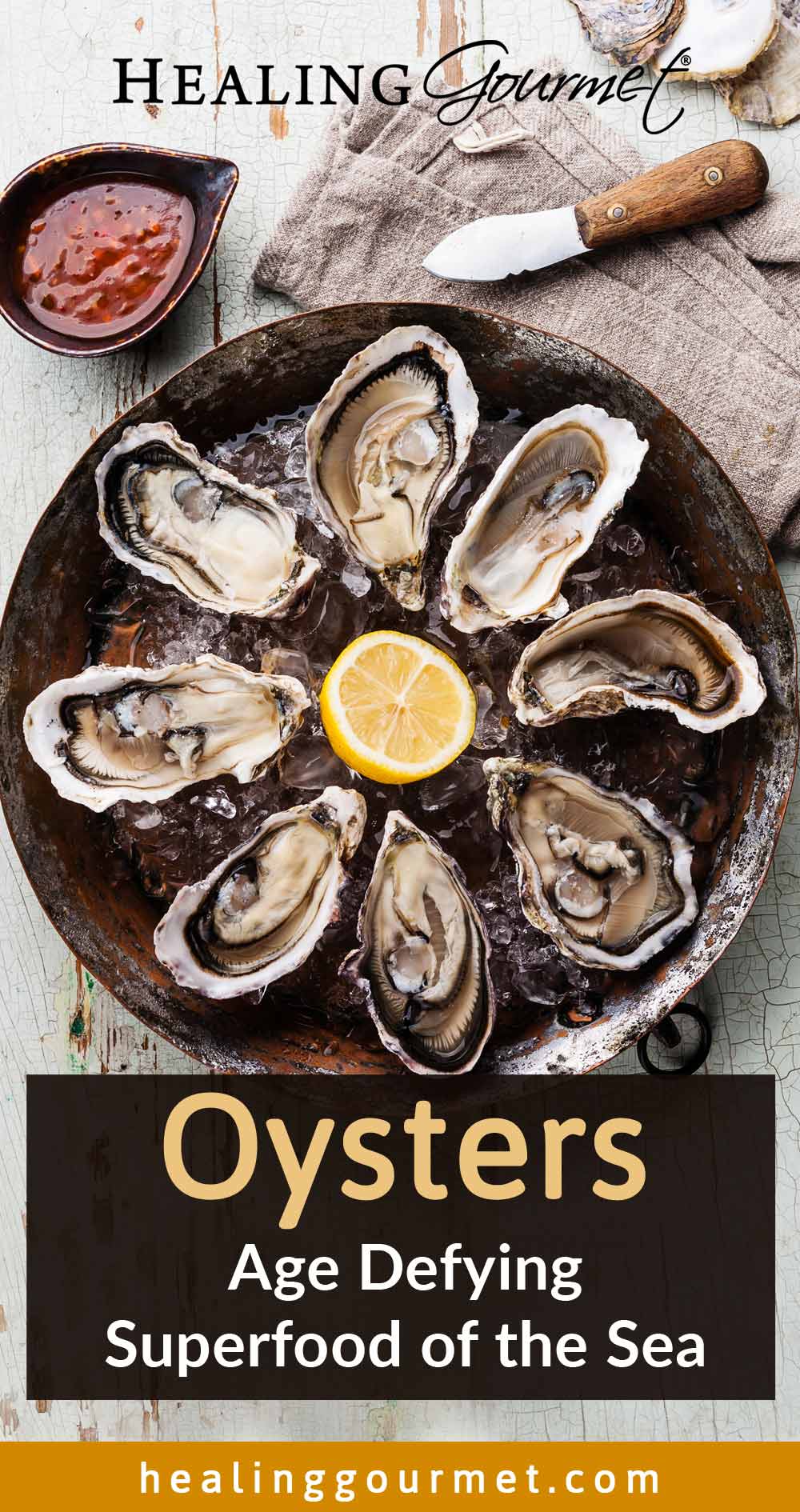
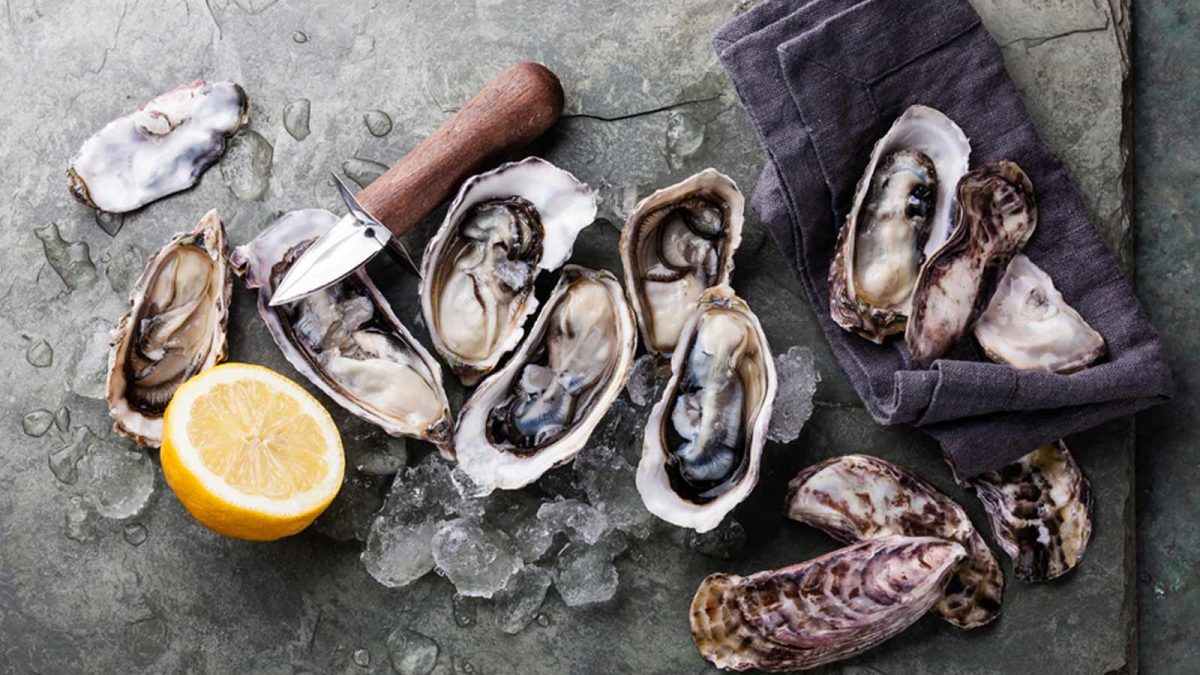
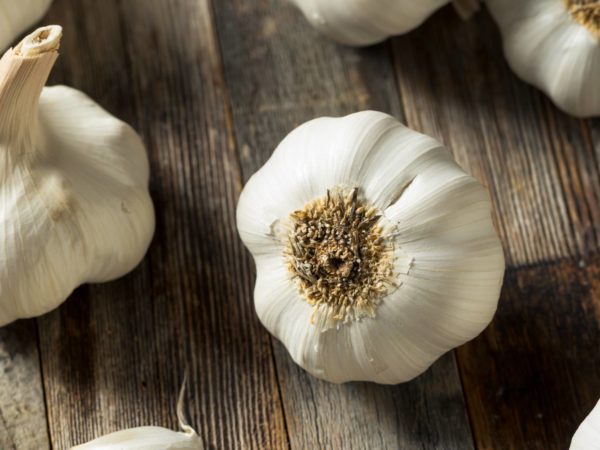
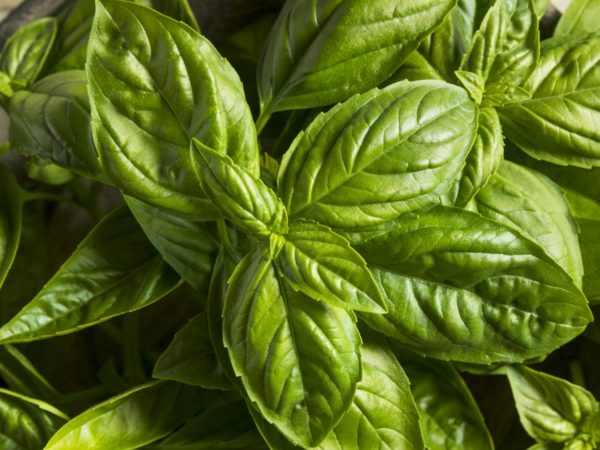
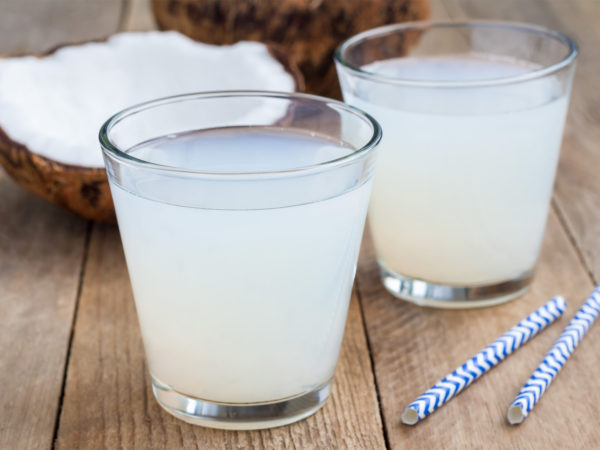
Hi…quick question…. I found one of Kelly’s recipes today for sun-dried tomato focaccia bread and I just want to clarify something before I waste one of my precious boxes of go organic coconut .
Is it simply the eggs and the coconut that give it a bread consistency or is the recipe missing coconut flour, almond flour or similar?
Thanks…can’t wait to try this!
Laura
Hi Laura,
Thanks for your question.
You can find my Paleo Focaccia recipe here and you will notice no almond flour/coconut flour is required.
Be Well,
Kelley